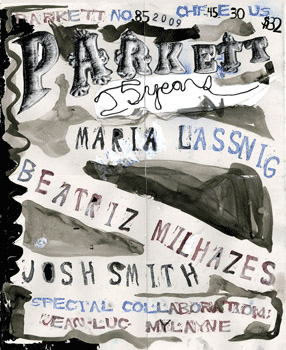Parkett Publishers
Quellenstr. 27
8031 Zürich Schweiz
t. + 41 (0) 44 2718140
f. + 41 (0) 44 2724301
145 Ave. of the Americas / at Spring street
10013 New York USA
t. 212 6732660
f. 212 2710704
www.parkett.com
reported by
e-flux
shared by numero civico rovereto

